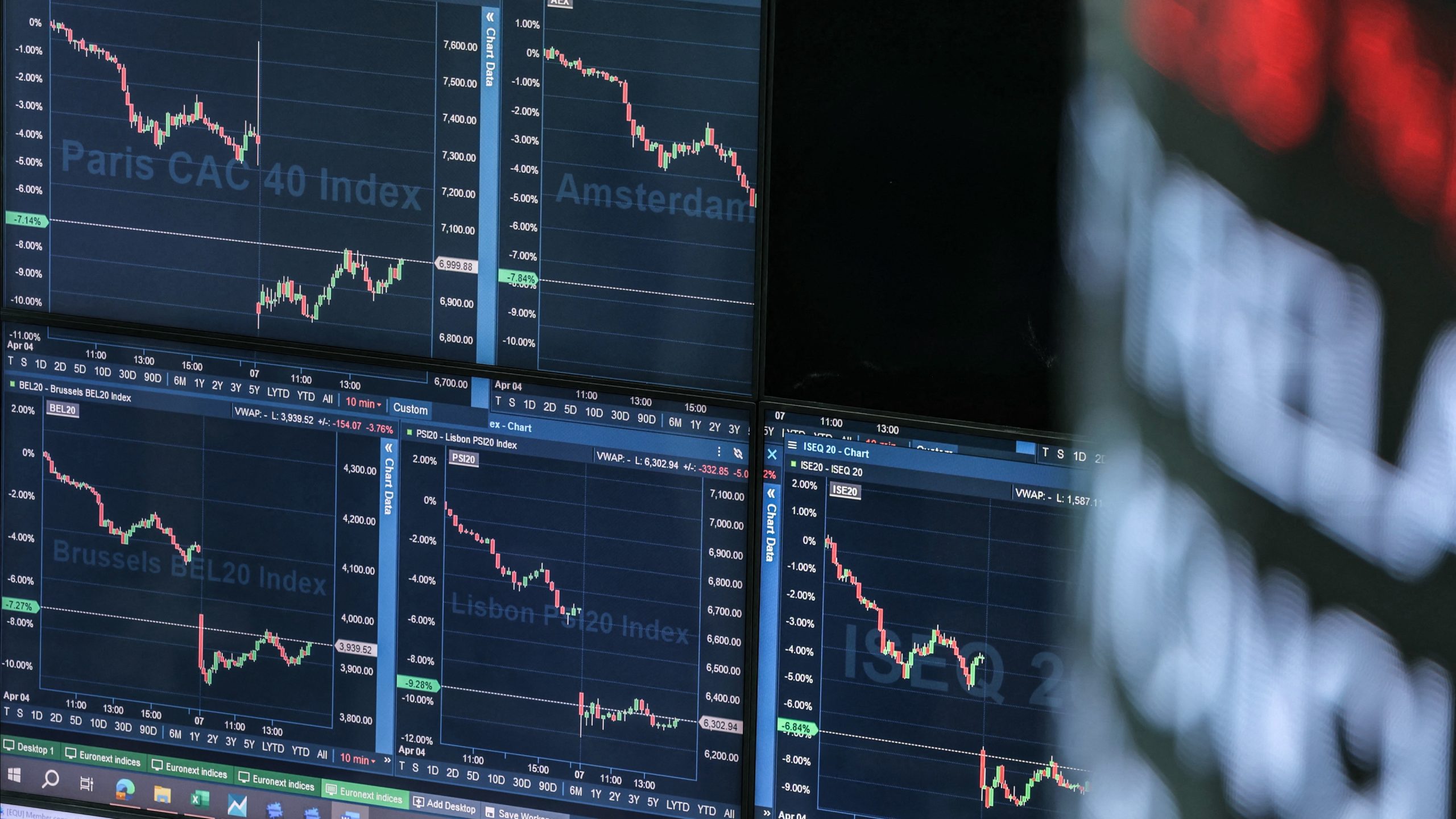Asia markets mixed on Thursday as momentum in Chinese equities faded. Shanghai’s Composite fell 1.3% to 3,765.88 after a sharp drop of more than 14% in Cambricon, a recent high-flyer in China’s semiconductor surge, according to Article 1. Hong Kong’s Hang Seng also traded lower, down 1.2% late in the session. Oil prices eased, with West Texas Intermediate at $63.10 and Brent at $66.73 per barrel, while investors weighed the outlook for supply as OPEC+ loosens cuts.
Japan and Korea Track Wall Street Gains
In contrast, Tokyo and Seoul ended higher, echoing Wall Street’s advance after a softer US jobs openings report boosted hopes for Federal Reserve rate cuts. The Nikkei 225 rose 1.5% to 42,580.27, even as Japanese motor maker Nidec tumbled 22% on a probe into “improper accounting” at a China unit. Asia markets mixed also reflected currency moves: the dollar weakened after the labour data, with analysts noting that a softer greenback typically makes regional assets more attractive.
Bonds and Big Tech in Focus
Japan’s long bonds remained a watch point. Yields on 30-year government paper hit a record 3.29% on Wednesday before a routine 30-year auction calmed nerves as demand held near recent levels. In the US, a judge declined to force Google to sell Chrome in an antitrust case. Alphabet shares jumped about 9% and Apple rose nearly 4% on relief that its iPhone search deal was spared, sentiment that helped Asia risk appetite.
Earlier this Week: Earnings Tug-of-War
On 29 August, Asia markets moved largely sideways as investors weighed mixed earnings and signs of slower Japanese growth. Hang Seng edged up 0.3% on a BYD Electronics surge, while Shanghai added 0.4%. The Nikkei slipped 0.3% amid a firmer yen and soft factory output; South Korea’s KOSPI fell 0.3% (Finimize). The picture reinforced the headline theme: Asia markets mixed as earnings and macro signals send conflicting cues.



